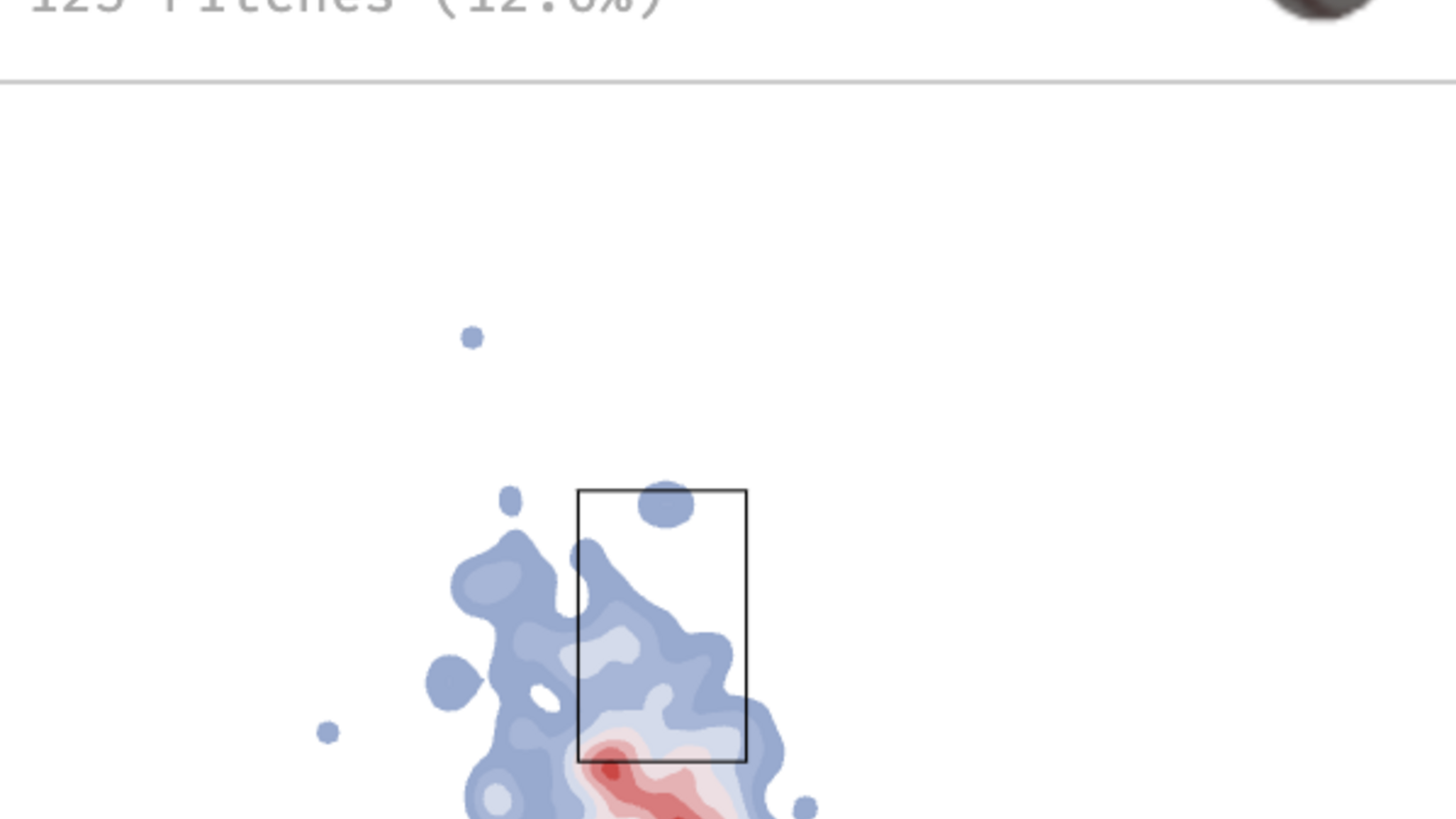
When Robert Suarez broke into the majors with the Padres in 2022, he quickly earned a reputation as one of the nastiest late-inning relievers in baseball.
His power four-seam and sinker combination gave him a two-pitch mix that overpowered hitters and fit the mold of the modern high-leverage arm. Now in 2025, Suarez has leaned increasingly on his changeup. The pitch has shown flashes of brilliance, but it may be limiting his effectiveness when thrown too often.
The Numbers Behind the Pitch
On paper, the changeup looks solid. It averages 90.5 mph and generates 17.5 inches of induced horizontal break (iHB). The results, however, tell a different story.
Hitters are batting .327 against the pitch. By comparison, they’re hitting just .173 against his four-seamer and .104 against his sinker. Add in a .509 slugging percentage and a 38.5% hard-hit rate, and the changeup has racked up a -6 Run Value.
Still, it’s not a pitch to scrap entirely. The changeup generates a 33.5% whiff rate, proving that it can be effective when executed correctly. The real issue lies in how Suarez is throwing it.
A Robert Suarez 80-grade changeup:
— Clark Fahrenthold (@CFahrenthold11) August 22, 2025
92.0 mph
9.4” iVB
18.5” horizontal break
1981 rpms
6.0 vRel pic.twitter.com/IXsdV9va47
Small Adjustments
The problem is less about the pitch itself and more about its location and frequency.
Just last season, opponents hit only .200 against Suarez’s changeup while whiffing more than 45% of the time. The difference? Location and usage.
In 2024, he consistently landed the pitch on the plate, but below the zone, forcing hitters to swing over the top of it.

In 2025, it’s hanging at the bottom of the zone, where hitters can drop the barrel and square it up.

The other adjustment comes with usage. Hitters can sit on the speed differential, making the pitch far less effective. For hitters, sitting on something slower becomes much easier when they know it’s coming 20–25% of the time instead of 8–10%.
How Should Suarez Attack Hitters?
Dialing back the usage doesn’t mean abandoning the pitch altogether. The changeup still plays a role, particularly against left-handed hitters who track his sinker well.
A first-pitch strike change-up to steal a strike or a two-strike chase pitch can work wonders, but those are instances of it being used sparingly. The less it is thrown, the more of a weapon it can be.
Suarez’s bread and butter remain in his fastballs. His four-seamer rides at the top of the zone, while his sinker dives down and in on righties or away from lefties. Together, they form one of the more punishing combinations in the game.
Over-relying on the changeup undercuts that strength. It gives hitters more time to adjust and, ultimately, more opportunities to put the ball in play. Suarez is at his best when he bullies hitters with velocity, forcing them to guess between two triple-digit fastballs rather than giving them a chance with something softer.
There is proof of this being the case. Last season, there were two instances where Suarez dominated with just fastballs. In April, he threw 75 consecutive fastballs, allowing two hits and no runs. Then he had another stretch of 66 straight fastballs in May, allowing one hit and no runs.
Robert Suarez has thrown 45 consecutive 4-Seam Fastballs across his last 3 outings
— Thomas Nestico (@TJStats) April 13, 2024
The Stats:
– 3.1 IP, 0 ER, 0 H, 1 BB, 3 K
Here are all of them: pic.twitter.com/eK3T7SAi0T
The Final Verdict
This isn’t meant as a knock on Suarez. He remains arguably the Padres’ most valuable reliever and a key piece in their postseason plans. But high-leverage arms don’t have room for wasted pitches. Meltdown innings and blown saves can take the wind out of a team and swing the momentum of an entire series.
For Suarez to be at his best when October arrives, the formula is simple: trust the fastballs, pound the zone, and make hitters prove they can catch up. The changeup can still be a weapon, but only when it plays off the power arsenal that made him elite in the first place.
More must-reads:
- Insider downplays Dodgers' interest in OF Kyle Tucker
- Atlanta Braves kick Chris Sale can down the road
- The 'World Series MVPs' quiz
Breaking News
Trending News
Customize Your Newsletter
 +
+
Get the latest news and rumors, customized to your favorite sports and teams. Emailed daily. Always free!








